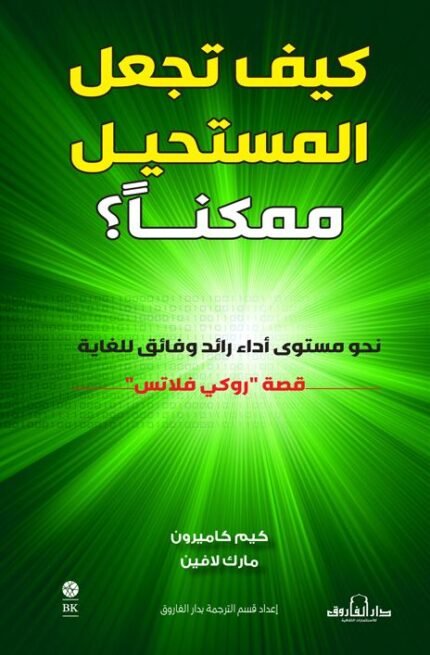To The Lighthouse
Virginia Woolf
This novel written by “Virginia Woolf” is related to cultural movement which is called modernism. There are a lot of thoughts in the novel; however, there is no action at all. The novel is considered to be the so-called extension of Modernist literature which appeared at the beginning of the 20th century.
The central idea of the novel is the problem of perception. Generally, the novel consists of three parts namely, the Window, Time Passes and the Lighthouse. The major themes are recognized to be complexity of experience and modernism elements. “Woolf” did not use an omniscient narrator in the novel but instead chose to develop the story line by revealing each individual character’s consciousness stream. On the one hand, it seems that the modernist style of indirect prose which the author uses as well as plot of the novel is difficult to comprehend; however, it is quite obvious that the writer highlights impermanence in adult relations and uses the ability to recall childhood emotion.
“To the Lighthouse” delves into the minds of its characters in a stream-of- consciousness approach. The characters’ thoughts and feelings blend into one another, and the outward actions and dialogue come second to the inward emotions and ruminations. In the dinner party sequence, for instance, “Woolf” changes the point of view frequently, with transitions often marked by sparse dialogue. While shifting the point of view from person to person, “Woolf” develops her characters through their thoughts, memories, and reactions to each other.
The novel depends almost on the passing of time; it expands or contracts the sense of time very freely. It is a book, with an ironical or wistful query and questions of life and reality. The people in this book of “Woolf” seem to be looking through each other with some far question; and, although they interact vividly, they are not completely real to know people in outline are one way of knowing them.














المراجعات
لا توجد مراجعات بعد.